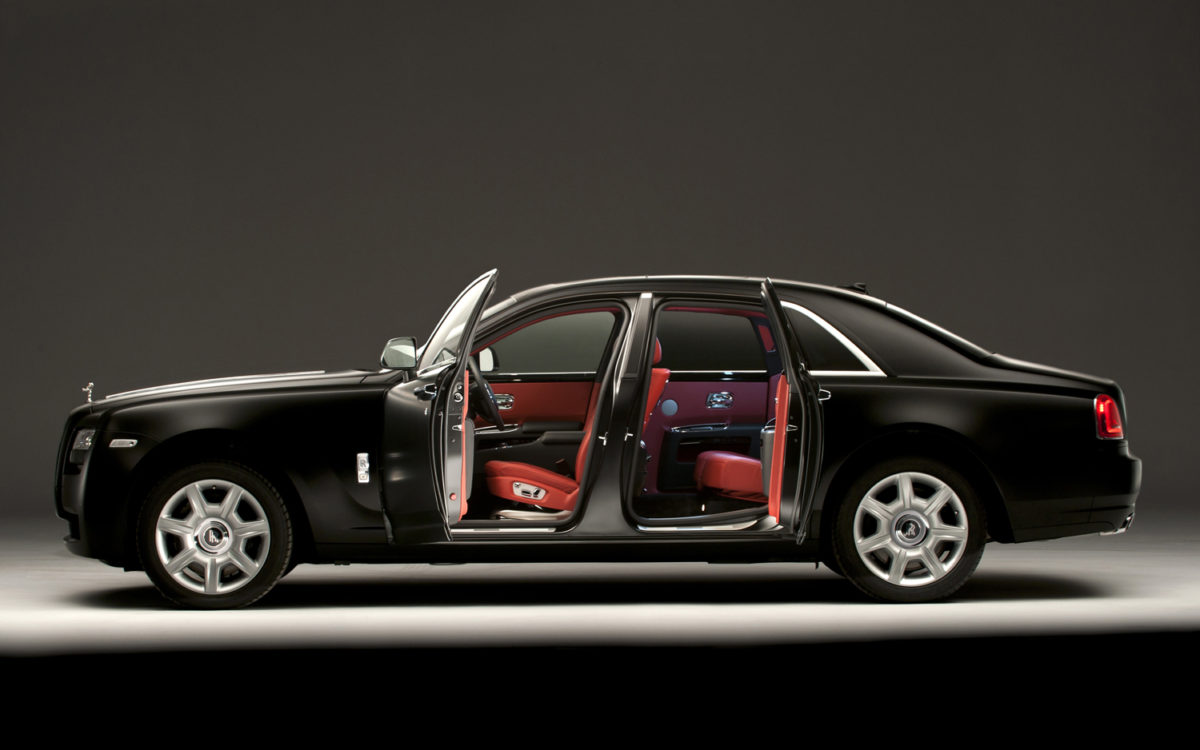Nowadays, a lot of people shop online, instead of buying their products – such as clothes, electronics, and beauty supplies – in physical stores. However, this movement will most likely not take over the entire market (Sloot, 2016). There are stores, such as Starbucks, that offer products which cannot be bought over the Internet. The coming years, there will still be physical stores, like H&M, for reasons such as people wanting to see if the clothes fit before they buy them.
A common problem for current retailers with physical shops is that they do not know their customers. Imagine for example the following situation: a customer comes into a Starbucks store, orders a latte macchiato with cheesecake on the side, pays and leaves. A common situation, right? The problem in this situation is that the retailer (in this case Starbucks) does not know their customer, because there was no exchange of any customer data. Starbucks does not know what kind of people buys their products, how often they buy, and who buys what type of products. If the Starbucks owner is able to know her customers and their habits, the Starbucks could engage in targeted advertising, which in turn could lead to an increase in sales.

Since 2014, a solution for this problem was developed. Stampwallet has developed an online stamp card. A customer is able to collect stamps on a digital stamp card, which is accessible in the Stampwallet app. When the stamp card is full, the customer is able to redeem it for a free product or gift. The app can be downloaded in the app store and is free of charge for the customer; they only need to log in. The customers can create a Stampwallet account within one minute only, or log in with their Facebook-account.
The retailer will receive this customer data and every time a customer collects stamps through the Stampwallet app this data will be elaborated upon.
The more stores join Stampwallet, the more customers will be triggered to download the Stampwallet app and the more data can be collected. A perfect and relatively simple solution for a very big problem within the retail branch.
Sloot, L. (2016) Versterken ‘winkelbeleving’ kan traditionele ketens redden in strijd met webshops. http://www.rug.nl/news-and-events/news/archief2016/nieuwsberichten/0608-unifocussloot, used in 2016



